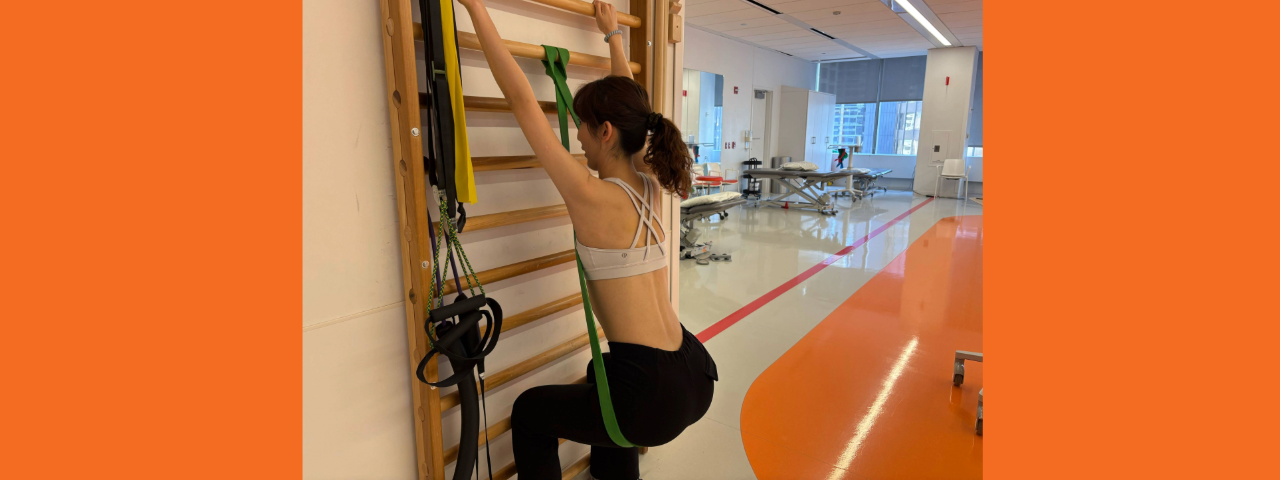Body
Heather Jeffcoat is a keen observer of people.
“I notice people,” said Jeffcoat, who ascribes her perceptive eye to her nearly two-decade career as a physical therapist. “I notice how people walk. I notice how people stand. I’ll just be like, ‘Oh, that person’s gripping their gluteal muscles, or that person looks like they’re gripping their abs.’ ”
The latter observation — a behavior some experts call “stomach gripping,” or what’s more widely known as sucking in your stomach — is one that Jeffcoat said she often sees among the patrons at her usual Starbucks, which is next to a spin studio in the Sherman Oaks neighborhood of Los Angeles. “They’ll be dressed in their spin clothes, basically a crop top or a sports bra and capris, and I’ve noticed it,” she said. Then, her physical therapist’s brain starts whirling: “I wonder if they have back pain. I wonder if they have pelvic floor dysfunction.”
[…]
The term “stomach gripping” refers to when people activate their upper abdominal muscles and hold them in a contracted state for prolonged periods of time, said Sarah Hwang, an assistant professor of physical medicine and rehabilitation and obstetrics and gynecology at Northwestern University’s Feinberg School of Medicine.
If those muscles are trained to always be activated, it can affect the entire core, including the pelvic floor muscles, said Hwang, who is also the director of the Women’s Health Rehabilitation program at the Shirley Ryan AbilityLab in Chicago. Hwang, who treats people with pelvic floor issues, said she addresses tense abdominals in her patients “on a regular basis.”
Body
Read the full story on The Washington Post, published November 12, 2021.


